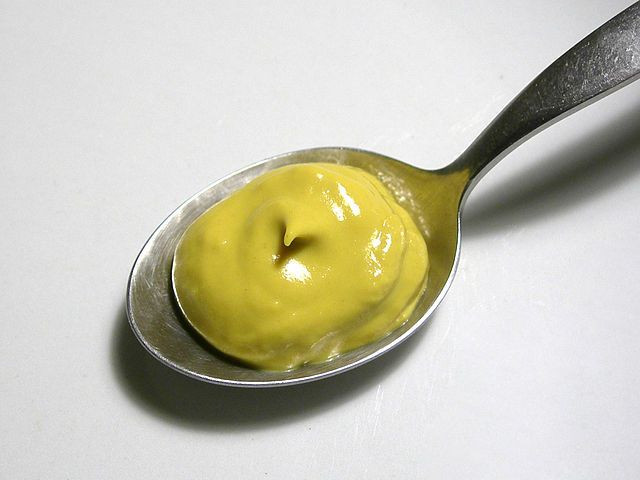New Recipe To Treat Multiple Myeloma? Scientists Combine Turmeric Spice With Thalidomide

Virginia Commonwealth University (VCU) scientists recently cooked up something entirely different. In an effort to create a new and effective cancer treatment, they combined features of thalidomide, a familiar pharmaceutical anti-nausea medication, with those of turmeric, a common kitchen spice. What did they find? The hybrid molecules they created from the two wildly different ingredients proved effective in killing multiple myeloma, a cancer of the plasma cells, the white blood cells that produce antibodies.
"Overall, the combination of the spice and the drug was significantly more potent than either individually, suggesting that this hybrid strategy in drug design could lead to novel compounds with improved biological activities," Steven Grant, M.D., research member at VCU Massey Cancer Center, stated in a press release.
Turmeric Recipe
Though it is probably best known as an ingredient in curry, turmeric is the spice that gives mustard (the kind found in ballparks) its bright yellow color. Derived from the root of the Curcuma longa plant and grown in India and other tropical regions of Asia, turmeric has a peppery and somewhat bitter flavor. Its mild fragrance reminds many cooks of a combination of both orange and ginger. Traditionally called "Indian saffron" due to its color, turmeric is used not only as a condiment and food ingredient but also as a textile dye and herbal remedy.
Both Chinese and Indian traditional medicine employ this herb for its anti-inflammatory properties. The American Cancer Society reports that laboratory studies have shown curcumin, an active ingredient in turmeric, interferes with several important molecular pathways and inhibits the formation of cancer-causing enzymes in rodents. Turmeric and curcumin have also been studied for prevention and treatment of cancer, arthritis, and Alzheimer's disease.
Synthesized in 1954, thalidomide was formerly used as a sedative and to prevent morning sickness during pregnancy. Almost 50 countries, including Europe, Japan, Australia, and Canada, approved use of the drug, which proved to be non-fatal even in instances of huge overdoses. In 1962, the drug was discovered to cause severe birth defects and deformities and so was removed from the market. In the late 1990s, the drug was re-introduced in some countries as it appeared effective against inflammatory and autoimmune disorders. In 1998, the Food and Drug Administration (FDA) approved thalidomide as a treatment for a severe skin disorder.
Aware of thalidomide’s potential to treat cancer as well as turmeric's possibilities, the researchers at VCU decided to experiment.
Hybrid Molecules
In their study, the researchers created more than 15 compounds from the hybrid molecules of turmeric and thalidomide, with each creating a different effect. The researchers noted that creating hybrid molecules as they have done with turmeric and thalidomide, instead of simply mixing drugs, provides certain advantages. Such benefits include enhanced potency, reduced risk of developing drug resistance, improved pharmacokinetic properties, and reduced cost.
"Although thalidomide disturbs the microenvironment of tumor cells in bone marrow, it disintegrates in the body,” Shijun Zhang, the study's lead researcher and assistant professor at the VCU School of Pharmacy, stated in a press release. “Curcumin, also active against cancers, is limited by its poor water solubility. But the combination of thalidomide and curcumin in the hybrid molecules enhances both the cytotoxicity and solubility."
"Overall, the combination of the spice and the drug was significantly more potent than either individually, suggesting that this hybrid strategy in drug design could lead to novel compounds with improved biological activities," Grant stated in a press release.
Source: Liu K, Zhang D, Chojnacki J, et al. Design and biological characterization of hybrid compounds of curcumin and thalidomide for multiple myeloma. Organic and Biomolecular Chemistry. 2013.
Published by Medicaldaily.com



























